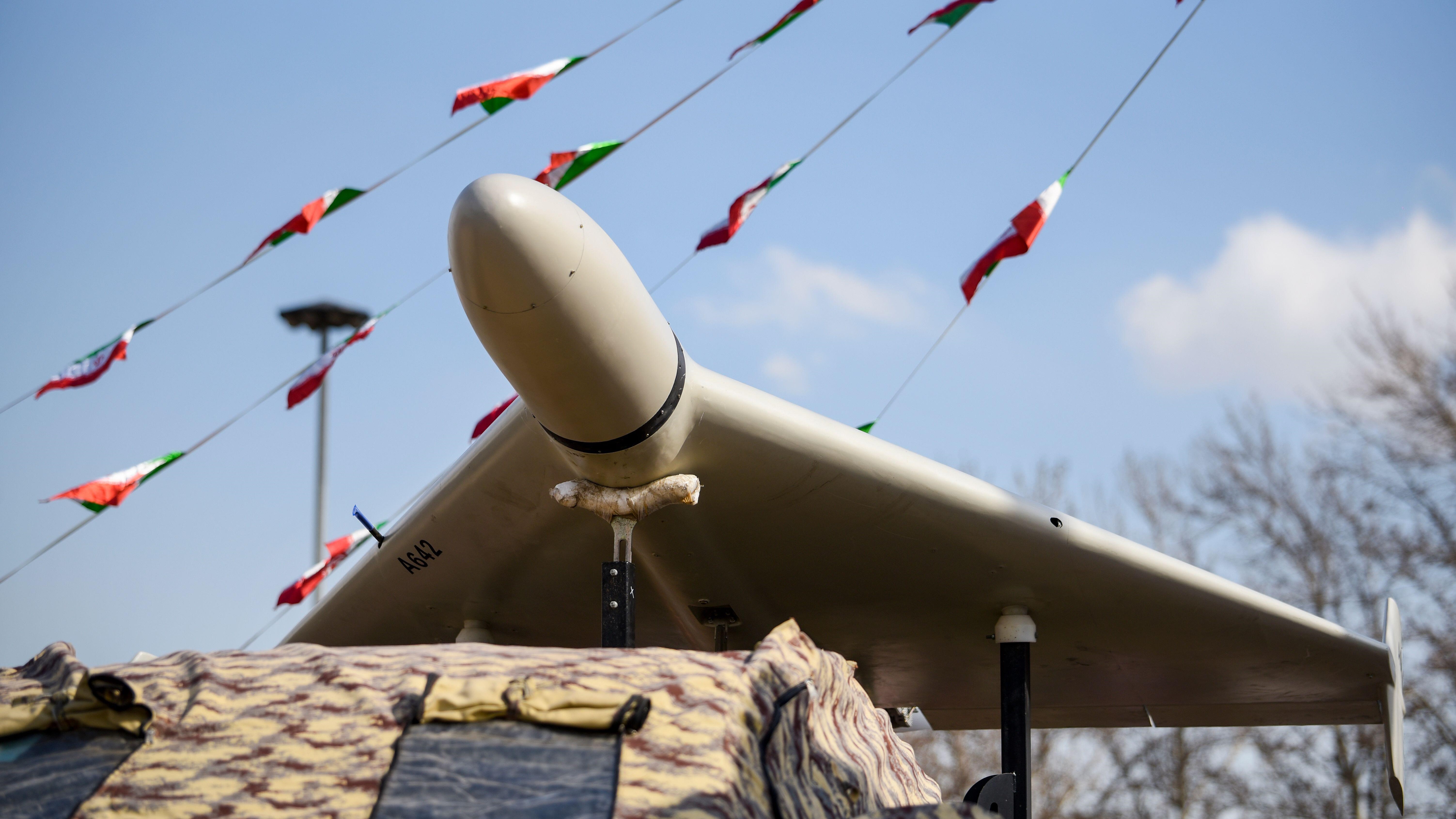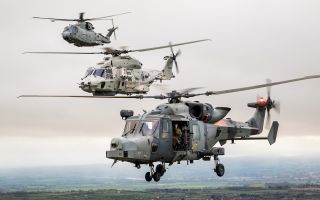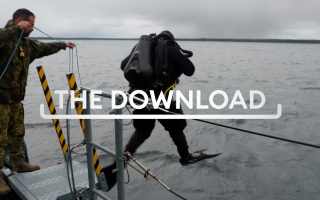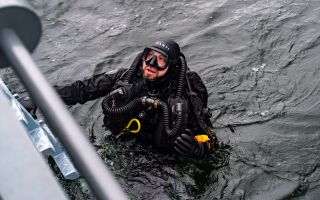
Iran likely helping Russia build its own kamikaze drones, UK intelligence suggests

Iran is breaching UN security council resolutions and likely helping Russia to build more suicide attack drones of the kind of the Shahed-136 which has been heavily used during the invasion of Ukraine, British intelligence reports.
The latest Ministry of Defence intelligence update suggests Russia is working to start domestic production of one-way attack (OWA) uncrewed aerial vehicles (UAVs), "almost certainly with Iranian assistance".
The Iranian-made Shahed-136, which is more of a loitering munition than a drone but which has often been referred to as a suicide or Kamikaze drone, has been used by Russia in airstrikes throughout the war in Ukraine but the intelligence suggests Iran is now likely to be helping Russia produce its own versions of such one-way attack drones on its home soil.
According to the latest defence intelligence update, the MOD believes that "Russia is highly likely investing in OWA-UAVs because it provides Russia with a relatively cheap long-range strike capability at a time when it has expended a large proportion of its cruise missile stocks in Ukraine".
The MOD highlighted that, in recent months, "Russia has highly likely worked to ensure its long-term, high-volume supply of (OWA-UAVs). By supplying these weapons, Iran continues to breach UN Security Council Resolution 2231."
The latest intelligence report acknowledges that "Russia has likely moved from receiving small deliveries of Iranian OWA-UAVs by air transport to larger consignments by ship from Iran via the Caspian Sea".
"This 'International North-South Transit Corridor' has assumed much more importance since the invasion. It allows Russia to access Asian markets – including arms transfers – in ways it hopes are less vulnerable to international sanctions," the intelligence added.
In December, Foreign Secretary James Cleverly warned that a "sordid" alliance between Russia and Iran is threatening global security, as the UK imposed sanctions on "high-level" figures from both countries.
According to the MOD in December, weapons supplied by Tehran have been used by the Russian military in the Ukraine war, with Russia reportedly returning to using Iranian-made 'suicide drones'.
Moscow's forces were reported to be using Iranian drones to carry out strikes on Ukrainian towns and cities and key energy infrastructure.
Also known as a 'kamikaze drone', the Iranian Shahed-136 is not technically a drone, but a loitering munition, commonly referred to as OWA UAV.
It was believed that in March, Russia had run down its stock of the Iranian-made loitering munition and would likely seek resupply.
The UK intelligence said that on 27 February the Ukrainian Ministry of Defence confirmed it had shot down 11 Shahed one-way attack unmanned aerial vehicles (OWA UAVs) out of 14 launched overnight.
The MOD added that prior to the 26 February attack, there had not been any reports of OWA UAVs being used in Ukraine since around 15 February.
This decrease in OWA UAV attack tempo "likely indicates that Russia has run down its current stock: it will likely seek a resupply", it said.
Dr Matthew Powell, RAF College Cranwell's Air Power Expert, told Forces News that a UAV can have "more of an effect than a fast jet which is easier to target through ground-based defence systems".
The loitering munition is a relatively low-cost asset but can carry only a limited payload, between 5 and 30kg.
Its "ability to turn the tide of the war" is rather "limited", however, according to Dr Powell.
While its relatively small size makes it harder to target than a jet, its engines are loud, earning it the nickname 'flying moped', which makes it easy to spot from the ground.









